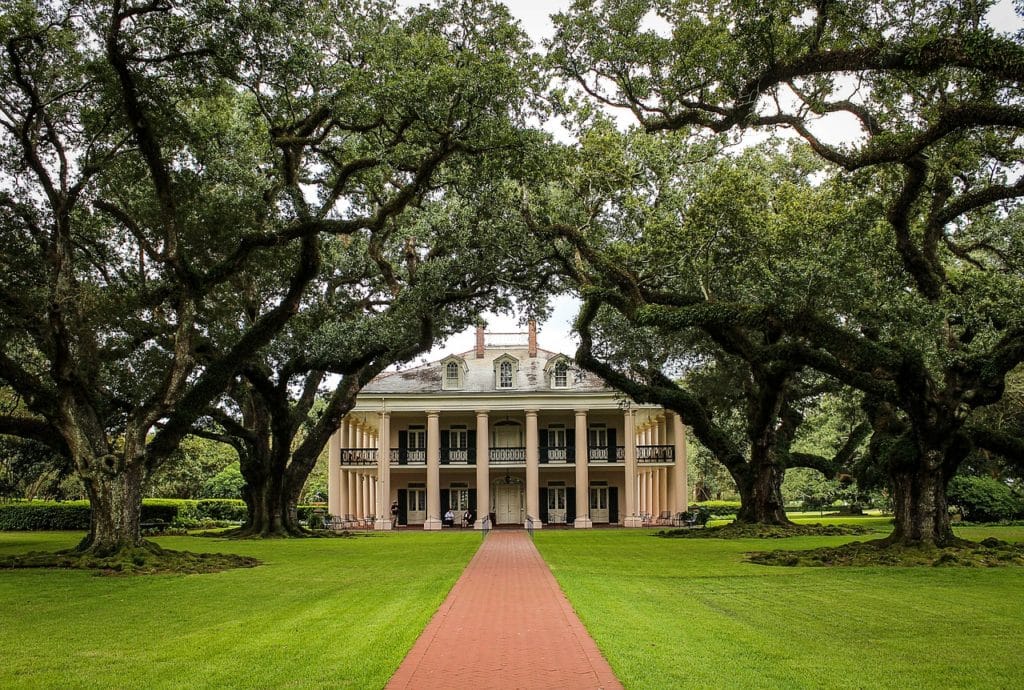
Article Summary: National Parks Near New Orleans
National Parks near New Orleans. There’s so much more to the Bayou State than Mardi Gras.
In this article, we’ll familiarize you with the incredible national parks that are within a day’s drive of New Orleans.
New Orleans is world-renowned for its distinctive music, Creole cuisine, unique dialects, and its annual celebrations and festivals, most notably Mardi Gras. The historic heart of the city is the French Quarter, known for its French and Spanish Creole architecture and vibrant nightlife along Bourbon Street.
And you would be amazed as to just how many great national parks are withing driving distance of it.

So, What Is A National Park?
We get asked that question a lot because there’s a difference between a “national park” and a “national park site.” To help you understand that difference you might want to check out our article titled: What Is A National Park Really?
Now if you’re planning a trip then you might want to check out Beyond Bourbon St.: An Insider’s Guide to New Orleans by Mark Bologna.
Now let’s go ahead with 5 reasons why you’ll want to hop in your car and make a day’s drive from New Orleans to one of these truly amazing places.
Table Of Contents: National Parks Near New Orleans
National Parks Near New Orleans
1. Cane River Creole National Historical Park
Distance From New Orleans: Three hours and 53 minutes (250 miles) via I-10 W & I-49 N.
Cane River Creole National Historical Park is located in Natchitoches, Louisiana. It was established in 1994 to preserve the history and culture of the Cane River Creole people, who are descendants of French and African settlers in the region.
The park includes several historic plantations, including the Oakland and Magnolia plantations, as well as the historic district of Natchitoches, which contains many well-preserved examples of Creole architecture.
The park offers a range of interpretive programs and activities that help visitors understand the history and culture of the Cane River Creole people, including guided tours, exhibits, and educational programs.

Plantations Were Like Small Cities
Oakland and Magnolia were like small cities before the Civil War. Oakland had about 150 enslaved workers, and Magnolia about 250. Slaves picked cotton. They also worked as blacksmiths and carpenters.
Visitors can see where these people lived and worked. They learn about their culture too. Locals are available to tell the stories which give listeners insights into the people and their culture.
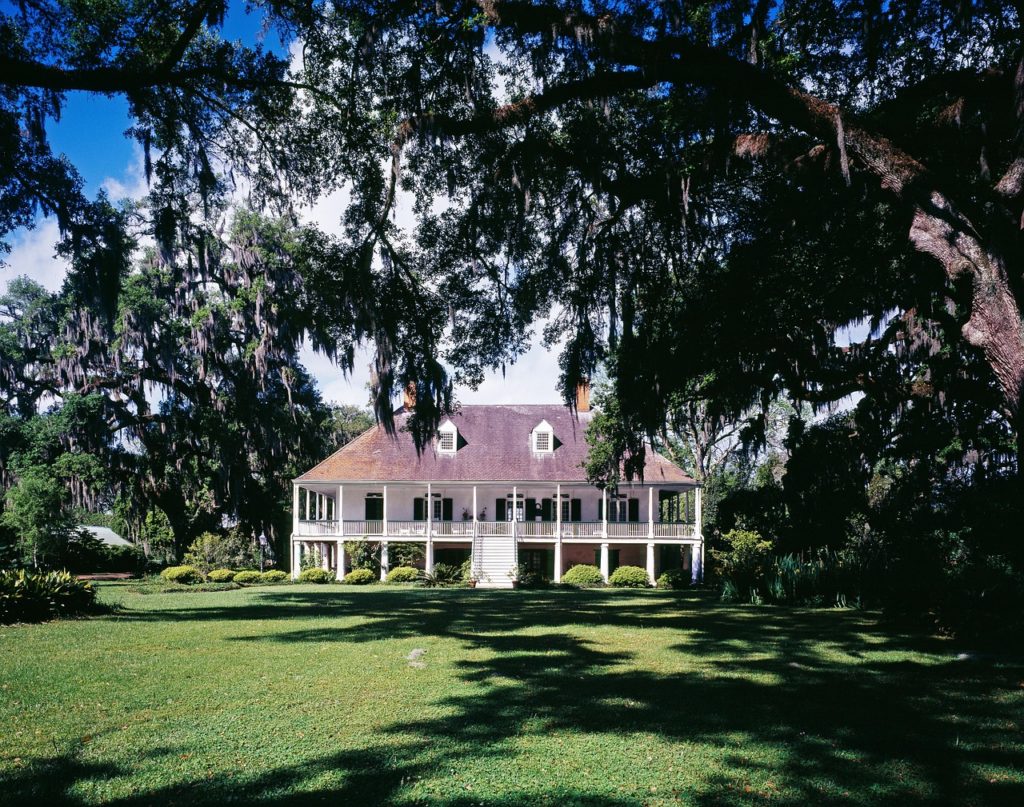
2. Jean Lafitte National Historical Park & Preserve
Distance From New Orleans: It’s in New Orleans!
Jean Lafitte National Historical Park & Preserve is a protected area in southern Louisiana that spans over 27,000 acres of swamps, wetlands, bayous, and forests.
The park is named after the legendary pirate Jean Lafitte, who was known for his exploits in the Gulf of Mexico and the Caribbean during the early 19th century.

A Park Named After A Pirate
The park is named after the legendary pirate Jean Lafitte, who was active in the Gulf of Mexico in the late 18th and early 19th centuries. Lafitte is known for his role in helping the Americans defeat the British in the Battle of New Orleans during the War of 1812.
Today, visitors to the park can learn about Lafitte’s life and legacy through interpretive programs, guided tours, and exhibits.
In addition to its cultural resources, Jean Lafitte National Historical Park & Preserve is also known for its diverse ecosystems, including saltwater marshes, swamps, and bottomland hardwood forests.
The park offers a range of recreational activities, including hiking, fishing, boating, and bird watching, allowing visitors to experience the unique beauty and wildlife of the Louisiana coast.

It’s Divided Into Six Districts
The park is divided into six distinct sites, each with its own unique history and attractions. These sites include:
- Barataria Preserve: This site is located just south of New Orleans and includes over 23,000 acres of swamps and wetlands. Visitors can explore the park’s boardwalk trails, go canoeing or kayaking, and observe a wide variety of wildlife, including alligators, egrets, and nutria.
- Chalmette Battlefield: This site is the location of the Battle of New Orleans, which took place on January 8, 1815, during the War of 1812. Visitors can tour the battlefield, see the graves of the soldiers who fought there, and visit the visitor center to learn more about the battle and its significance.
- French Quarter Visitor Center: This site is located in the heart of New Orleans and serves as the main visitor center for the park. Visitors can watch a short film about the park’s history, see exhibits about the different sites, and get information about park programs and events.
- Acadian Cultural Center: This site is located in Lafayette, Louisiana, and focuses on the history and culture of the Acadian people, who were exiled from Canada in the 18th century and settled in Louisiana. Visitors can learn about Acadian music, food, and traditions, and see exhibits about the history of the Acadian people in Louisiana.
- Prairie Acadian Cultural Center: This site is located in Eunice, Louisiana, and is dedicated to preserving the traditions of the Cajun people, who are descended from the Acadian people. Visitors can learn about Cajun music, dance, and cuisine, and see exhibits about the history of the Cajun people in Louisiana.
- Wetlands Acadian Cultural Center: This site is located in Thibodaux, Louisiana, and focuses on the history and culture of the Cajun people in the bayou country. Visitors can learn about Cajun boat-building, fishing, and trapping, and see exhibits about the history of the Cajun people in the bayou region.
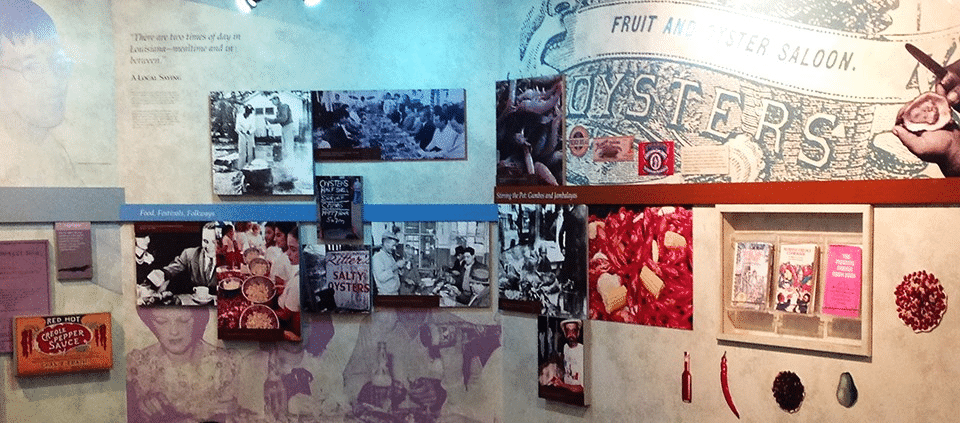
More National Parks Near New Orleans
3. New Orleans Jazz National Historical Park
Distance From New Orleans: It’s in New Orleans!
The New Orleans Jazz National Historical Park was established in 1994 to celebrate and preserve the rich cultural heritage of jazz music in the city.
The park provides a range of interpretive programs, exhibits, and educational opportunities to help visitors understand the history and significance of jazz in New Orleans and beyond.
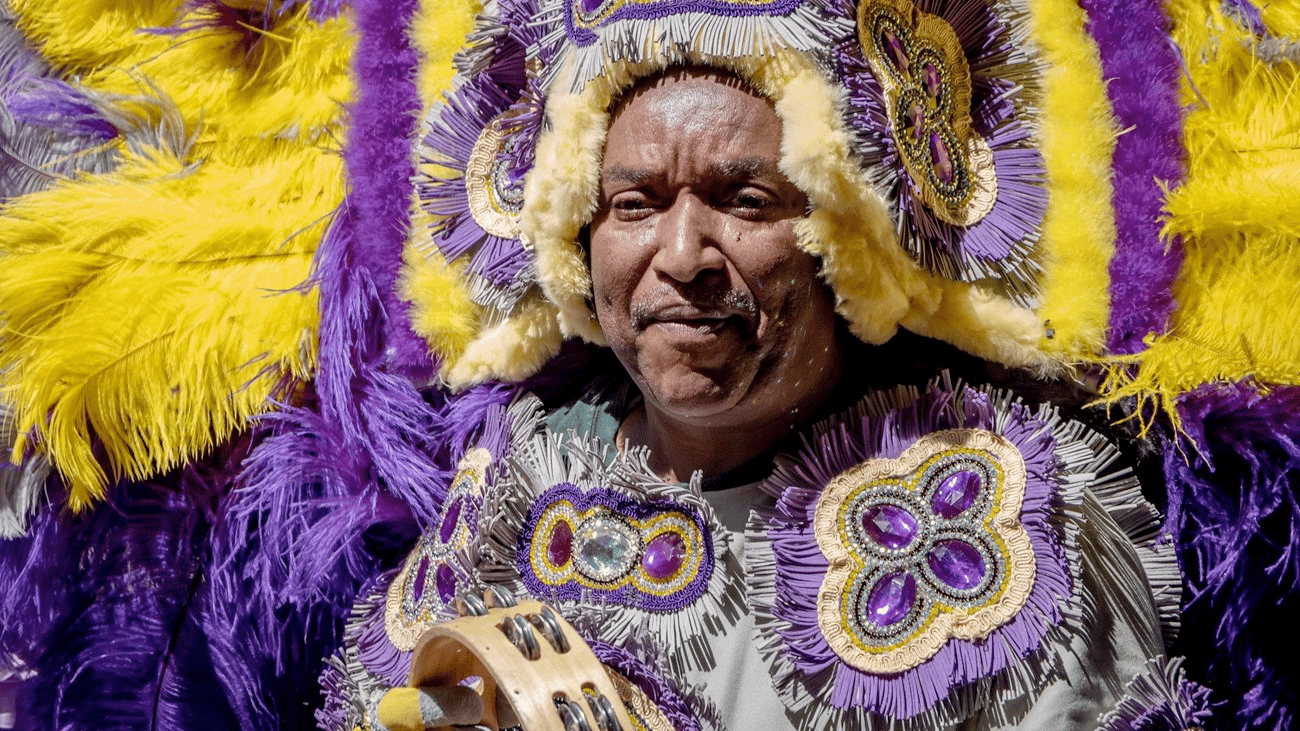
The Birthplace Of Jazz
New Orleans is widely regarded as the birthplace of jazz, and the city has a long and vibrant musical tradition that dates back to the late 19th century.
Jazz music in New Orleans was a unique blend of African and European musical traditions, and it evolved through the years to become a distinct genre of music that is now recognized as a key component of American culture.
The New Orleans Jazz National Historical Park is located in the historic Faubourg Treme neighborhood of New Orleans, which was once home to many of the city’s early jazz musicians.
Today, the park offers a range of programs and activities to help visitors understand the history and evolution of jazz in the city, including guided tours, concerts, and educational programs.
Whether you’re a fan of jazz or simply interested in learning more about this important aspect of American culture, the New Orleans Jazz National Historical Park is a must-visit destination.
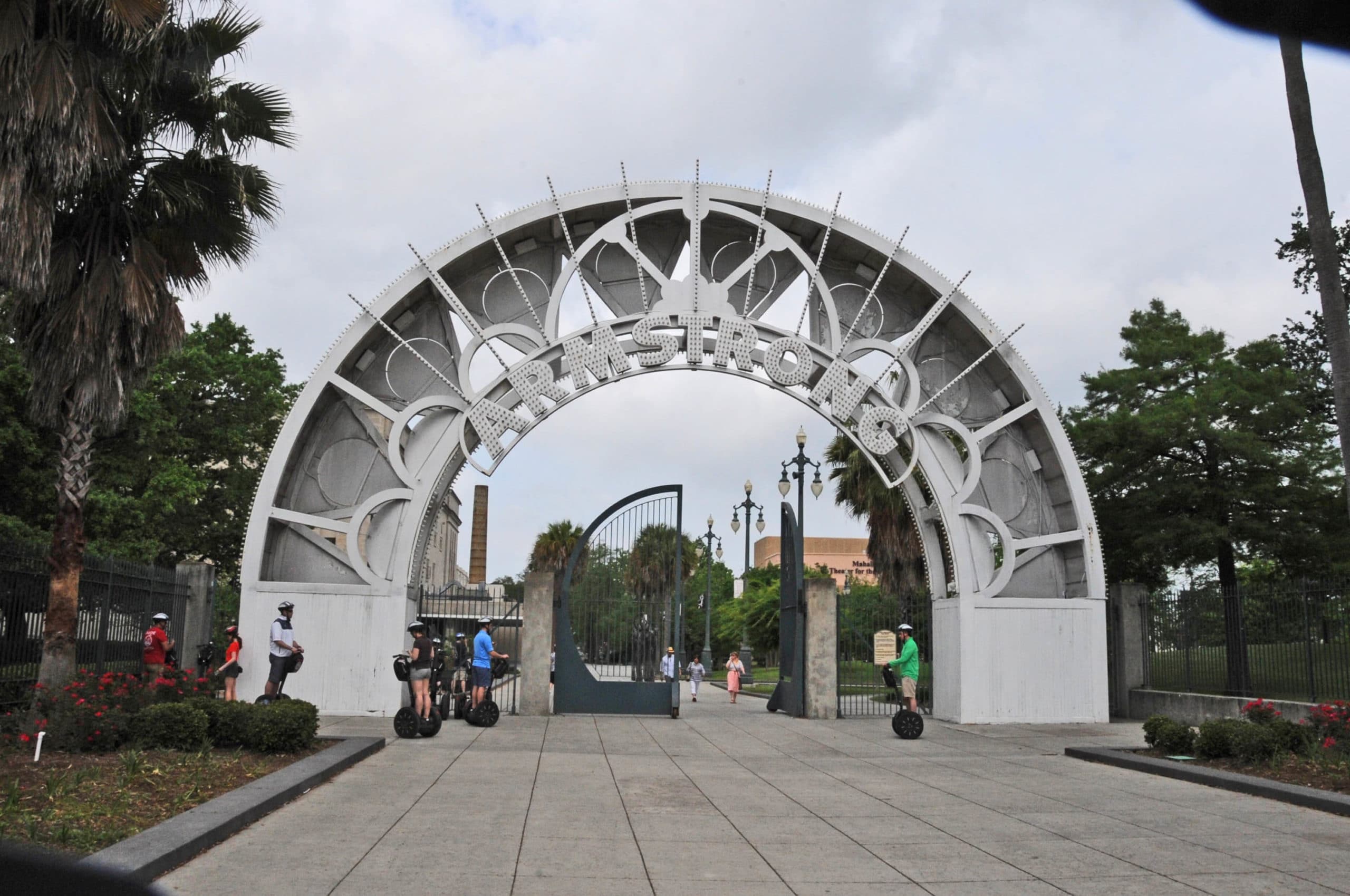
Check Out: 20 BEST Black History Sites In America For You To Visit
4. Poverty Point National Monument
Distance From New Orleans: Four hours and 5 minutes (258 miles) via I-55 N.
Poverty Point National Monument was established in 1988 to preserve and interpret the remains of a large, ancient earthworks complex that was built by a Native American culture known as the Poverty Point culture.
The Poverty Point culture was active in the region from approximately 1700 to 1100 BCE, and the earthworks at Poverty Point are some of the largest and most impressive ancient earthworks in the world. The complex includes a series of mounds, ridges, and plazas that were used for various purposes, including ceremonial, residential, and defensive functions.
Today, Poverty Point National Monument offers visitors a unique opportunity to learn about the ancient culture that once lived in the region. The park features several interpretive exhibits and trails that help visitors understand the history and significance of the earthworks, and park rangers are on hand to answer questions and provide more information.
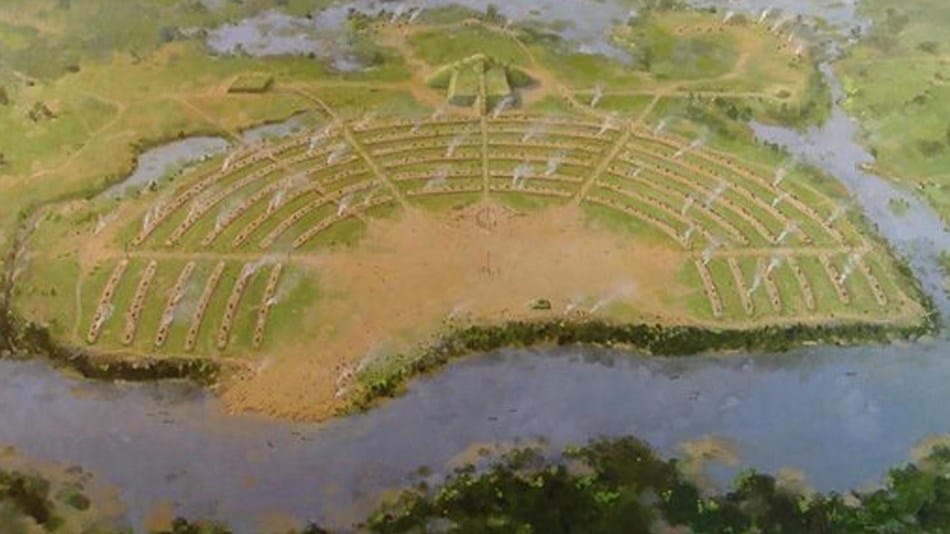
5. Vicksburg National Military Park
Distance From New Orleans: Three hours and 13 minutes (202 miles) via I-55 N.
Vicksburg National Military Park was established in 1899 to commemorate the American Civil War battle of Vicksburg, which took place from May 18 to July 4, 1863.
The park preserves the battlefield and related sites, as well as the history and memory of the conflict and its participants.
The Battle of Vicksburg was a turning point in the Civil War, as Union forces under the command of General Ulysses S. Grant captured the city and its Confederate defenders. The victory effectively split the Confederacy in two and gave the Union control of the Mississippi River, cutting off important supply lines to the Confederate states.
Today, Vicksburg National Military Park is a popular destination for history buffs, Civil War enthusiasts, and anyone interested in learning more about this important period in American history.
The park features over 1,300 monuments, markers, and plaques, as well as several museums, exhibits, and interpretive programs that help visitors understand the history and significance of the battle. It also offers guided tours, reenactments, and other special events that bring the history of the conflict to life.
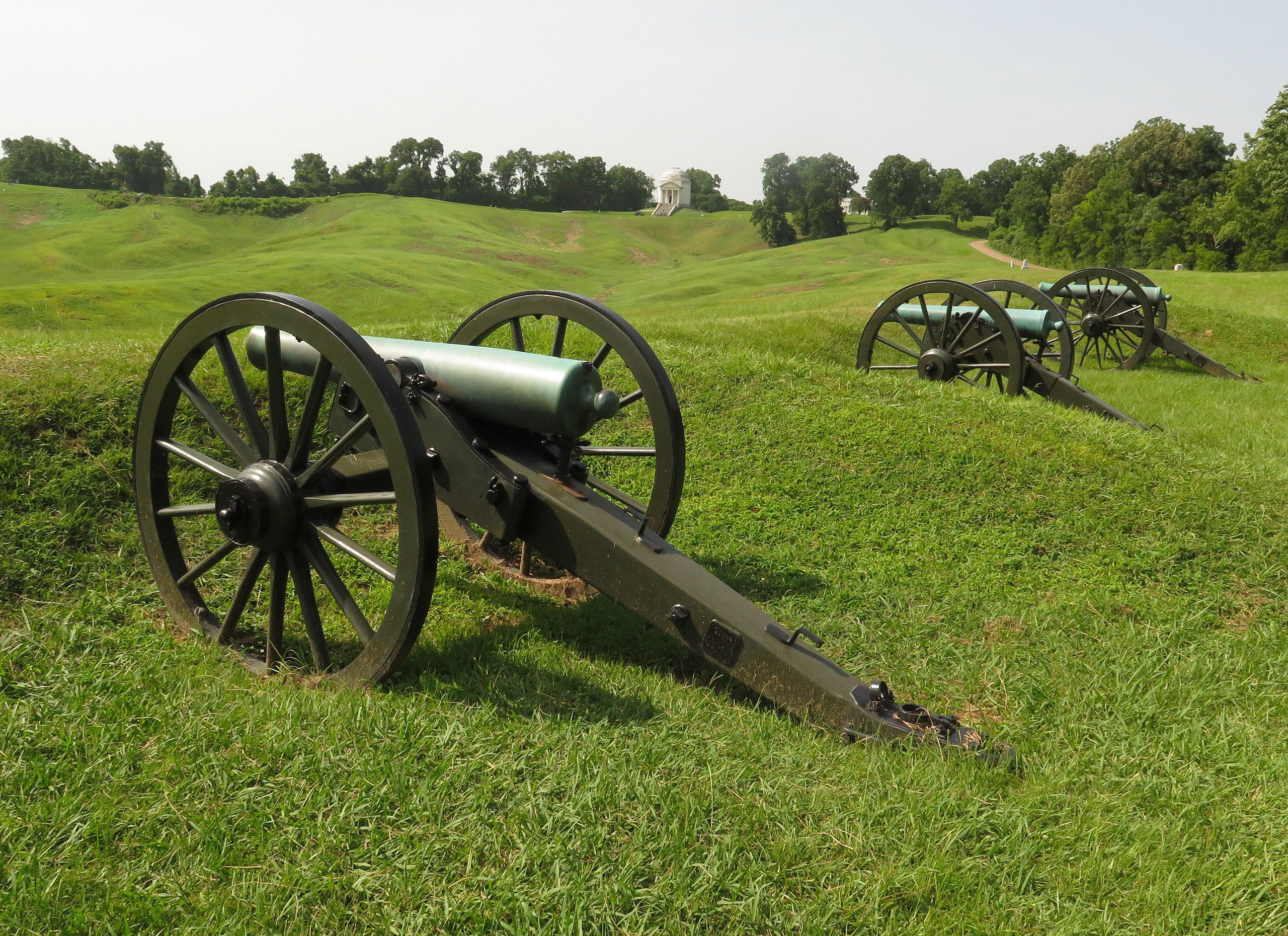
Check Out: 10 BEST Civil War Sites In America
Things To Do At Vicksburg
Here are some things to do when visiting the park:
- Explore the battlefield: The park offers a 16-mile self-guided driving tour of the battlefield, which includes over 1,340 monuments and markers that commemorate the soldiers who fought and died there. The tour also includes stops at several historic sites, such as the USS Cairo Museum and the Vicksburg National Cemetery.
- Visit the Vicksburg National Cemetery: This historic cemetery contains over 18,000 graves of Union soldiers who died during the Vicksburg Campaign. Visitors can pay their respects to the fallen soldiers and learn about the history of the cemetery and the soldiers buried there.
- Take a guided tour: The park offers guided tours led by knowledgeable rangers, who can provide additional insights and historical context about the battlefield and the Civil War.
- Attend a living history program: The park offers a variety of living history programs throughout the year, which allow visitors to experience what life was like for soldiers and civilians during the Civil War era.
- Visit the museum: The park’s museum contains a wide range of exhibits and artifacts related to the Vicksburg Campaign, including weapons, uniforms, and personal items belonging to soldiers and civilians.
- Take a hike or bike ride: The park offers several hiking and biking trails, which allow visitors to explore the natural beauty of the park and get some exercise at the same time.
- Attend a special event: The park hosts a variety of special events throughout the year, such as reenactments, concerts, and educational programs, which provide visitors with unique and engaging ways to learn about the history of the park and the Civil War.
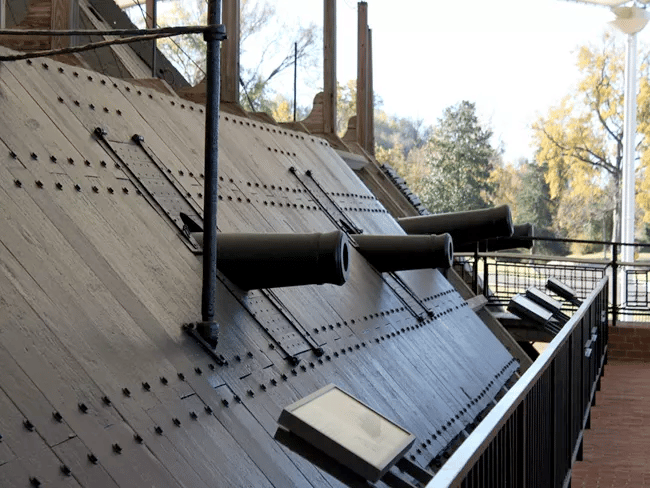
National Parks Near New Orleans FAQ
The 5 national parks in Louisiana are as follows:
Cane River Creole National Historical Park
El Camino Real de los Tejas’
Jean Lafitte National Historical Park & Preserve
New Orleans Jazz National Historical Park
Poverty Point National Monument
Cane River Creole National Historical Park. Distance From New Orleans: Three hours and 53 minutes (250 miles) via I-10 W & I-49 N. Cane River Creole National Historical Park is located in Natchitoches, Louisiana.
Why Trust Us About National Parks Near New Orleans?
We’re Jim Pattiz and Will Pattiz, collectively known as the Pattiz Brothers (and sometimes the Parks Brothers) and we absolutely LOVE the national parks.
You should probably know that we don’t just make this stuff up out of thin air. We’ve spent our entire adult lives exploring and filming America’s national parks and public lands.
We’ve worked with the National Park Service, the Department of Interior, USDA, and the U.S. Forest Service for years creating films on important places and issues. Our work has been featured in leading publications all over the world and even some people outside of our immediate family call us experts on the national parks.
Meet The Parks Brothers
Map Of National Parks Near New Orleans
List Of National Parks Near New Orleans
- Cane River Creole National Historical Park
- Jean Lafitte National Historical Park & Preserve
- New Orleans Jazz National Historical Park
- Poverty Point National Monument
- Vicksburg National Military Park
We Hope You’ll Follow Our Journey

Our goal here at More Than Just Parks is to share the beauty of America’s national parks and public lands through stunning short films in an effort to get Americans and the world to see the true value in land conservation.
We hope you’ll follow our journey through the parks and help us to keep them the incredible places that they are. If you’re interested in joining the adventure then please sign up below!

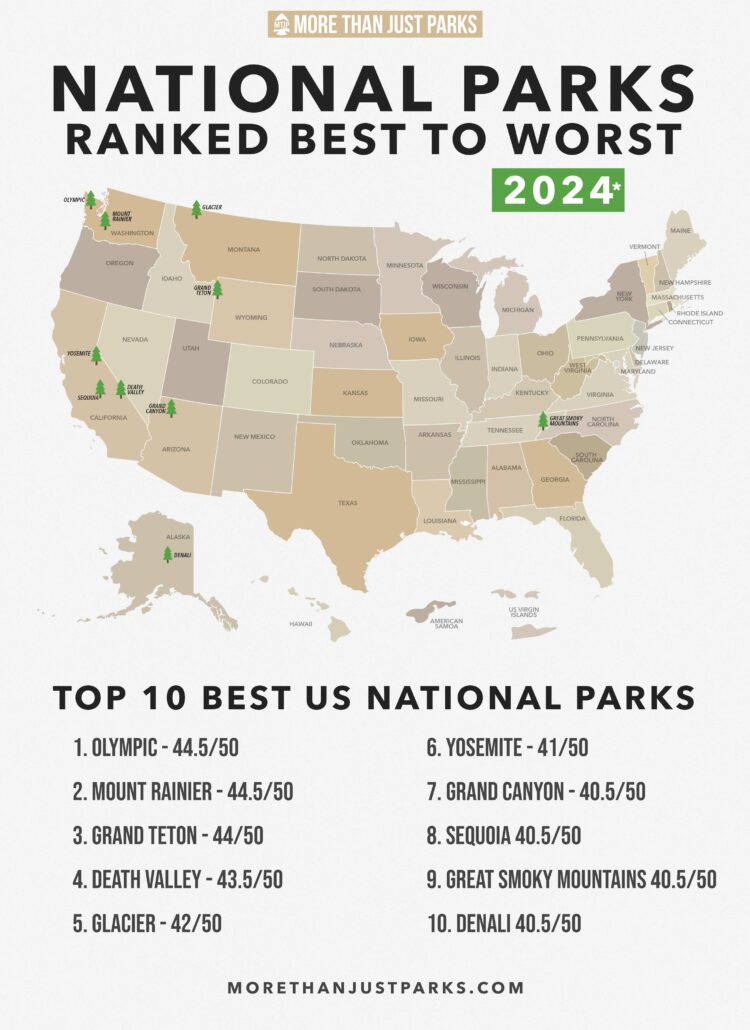
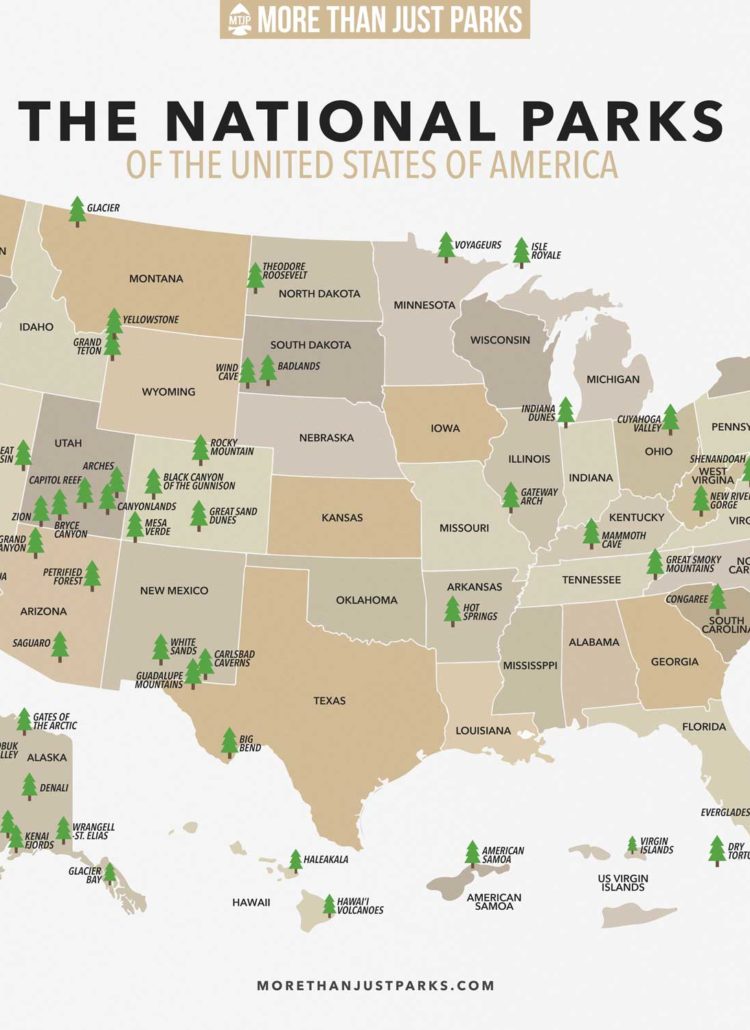


Leave a Reply